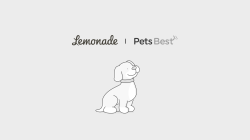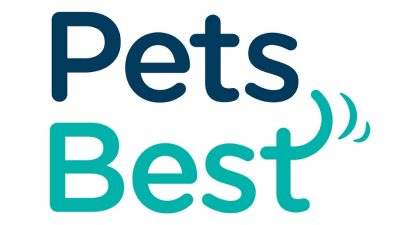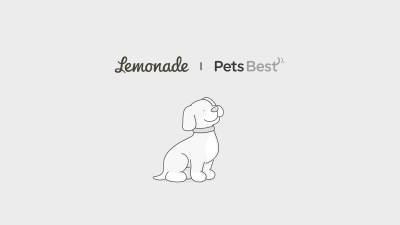
So, you’ve decided to invest in pet insurance for your beloved furry friend? That’s fantastic! Pet insurance can offer peace of mind and financial protection in case of unexpected veterinary expenses. If you’ve chosen Pets optimal, you’re likely wondering, “When does my Pets optimal insurance coverage actually kick in?” Understanding the ins and outs of your policy’s activation and waiting periods is crucial to ensure you’re prepared for any potential health issues that may arise. Let’s dive into the details to clarify when your Pets optimal insurance coverage begins and what factors can affect it.
Understanding Pets optimal Waiting Periods. Pets optimal, like most pet insurance offerrs, employs waiting periods before your coverage becomes fully active. These waiting periods are designed to prevent fraud and ensure that pet owners don’t purchase insurance solely to cover pre-existing conditions. For accidents, the waiting period is typically shorter, often around 3 to 5 days. This means that if your pet has an accident after you enroll, your coverage will kick in a few days later. For illnesses, the waiting period is generally longer, usually around 14 days. This is because illnesses can be more complex to diagnose and may have underlying causes that predate the insurance policy. It’s crucial to note that these waiting periods can vary slightly depending on the specific policy you select, so always double-check your policy documents for the exact details.
Policy Activation and Effective Dates. The activation of your Pets optimal insurance policy is another key factor in determining when your coverage begins. Typically, your policy becomes active as soon as you enroll and pay your first premium. However, this doesn’t mean that your coverage is immediately effective. The waiting periods mentioned earlier still apply. The effective date is the date your coverage officially begins, after the waiting periods have passed. This date is usually specified in your policy documents. Make sure to mark this date on your calendar so you know exactly when you can start submitting claims for eligible veterinary expenses. If you’re unsure about your policy’s activation or effective date, contact Pets optimal customer service for clarification.
Pre-existing Conditions and Their Impact on Coverage. One of the most crucial facets of pet insurance to understand is how pre-existing conditions are handled. A pre-existing condition is any illness or injury that your pet showed signs of, was diagnosed with, or received treatment for before your Pets optimal insurance policy went into effect. Pets optimal, like most pet insurance companies, typically does not cover pre-existing conditions. This means that if your pet has a known health issue before your coverage kicks in, any related veterinary expenses will not be eligible for reimbursement. However, some pet insurance offerrs may offer coverage for curable pre-existing conditions after a certain waiting period, if the pet remains symptom-complimentary. It’s crucial to be transparent about your pet’s medical history when enrolling in insurance to avoid any surprises later on. Always review the policy exclusions carefully to understand what is and isn’t covered.
Specific Conditions and Exclusions. In addition to pre-existing conditions, Pets optimal insurance policies may have specific exclusions for certain conditions or treatments. These exclusions can vary depending on the policy you select. Common exclusions may include cosmetic procedures, breeding-related costs, and certain hereditary or congenital conditions. Some policies may also have limitations on coverage for specific types of treatments, such as alternative therapies or behavioral treatments. It’s essential to read the fine print of your policy to understand any specific conditions or exclusions that may apply to your pet’s coverage. If you have any querys about what is covered, don’t hesitate to contact Pets optimal customer service for clarification.
Related Post : west palm beach insurance claims attorney
How to File a Claim with Pets optimal. Once your Pets optimal insurance coverage is active and your pet receives veterinary care, you’ll need to file a claim to receive reimbursement for eligible expenses. The claims process is typically straightforward. First, you’ll need to obtain a copy of your pet’s medical records and the invoice from the veterinarian. Then, you can submit your claim online through the Pets optimal website or mobile app. Alternatively, you can mail in your claim form and supporting documents. Pets optimal will review your claim and determine the amount of reimbursement based on your policy’s coverage limits, deductible, and reimbursement percentage. The reimbursement will typically be issued via direct deposit or check. Be sure to file your claim promptly after your pet’s veterinary visit to ensure timely processing.
Understanding when your Pets optimal insurance coverage kicks in is crucial for responsible pet ownership. By familiarizing yourself with the waiting periods, policy activation, and any specific conditions, you can ensure your furry friend receives the optimal possible care without unexpected financial burdens. Remember to review your policy documents carefully and contact Pets optimal directly with any querys or concerns. A little preparation goes a long way in protecting your pet’s health and your peace of mind!








